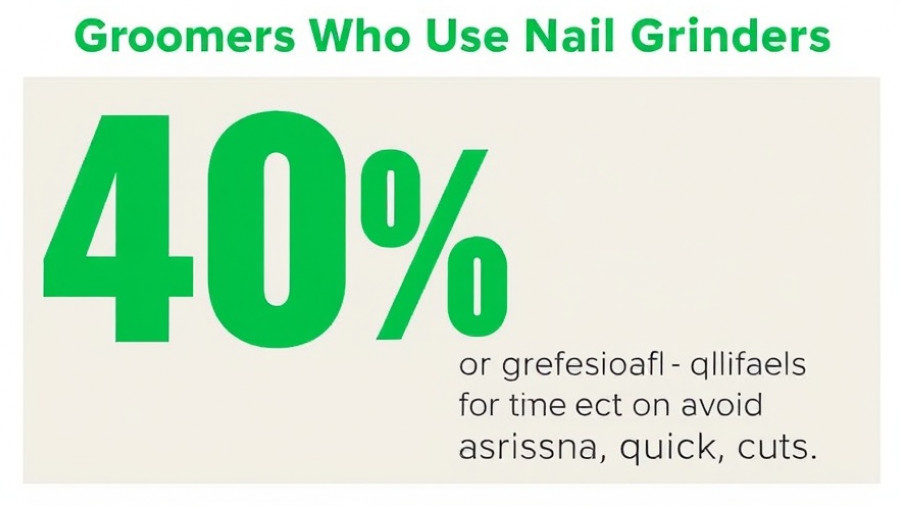
The Vital Importance of Dog Chew Toy Safety
For pet owners, ensuring dog chew toy safety is not just about choosing a fun accessory; it’s about making critical decisions that affect the health and happiness of our furry companions. Poor choices can lead to severe hazards such as choking or injury, demonstrating how vital it is to stay informed about chew toy options. This article aims to illuminate what you should consider when selecting toys for your pets, particularly for those who love to chew.
Understanding Common Dog Chew Toy Hazards
Not all chew toys are created equal, and many can pose significant risks. Recently, the FDA has reported multiple illnesses linked to certain pet treats, particularly those manufactured overseas. For instance, toxic materials that may be found in some toys, like PVC or phthalates, can have damaging effects on a dog’s endocrine system, leading to long-term health issues. These toys may break off into small, swallowable pieces, introducing choking hazards. Traditional options like nylabones can also damage teeth, producing hidden dangers.
How to Choose Safe Chew Toys for Your Dog
Choosing the right chew toys begins with understanding your dog’s specific chewing habits. A toy suitable for an aggressive chewer is different from what would be appropriate for a more gentle dog. For aggressive chewers, materials that are more resilient, such as rubber, are preferable. Moreover, sizes matter—a small dog may face immediate choking risks with a toy designed for larger breeds, which can also cause dental trauma on its end.
Making Assessments Before You Buy
Before purchasing any chew toy, always perform a few tests. Check if you can press a fingernail into the toy; if not, it’s likely too hard for your dog. The General Dog Owners’ Club stresses that toys should be sized appropriately as well; those that completely vanish behind a pet's lip can be dangerous. Consulting lists from reputable organizations like the American Kennel Club (AKC) can also offer a wealth of information on approved products.
Understanding the Risks for Aggressive Chewers
Aggressive chewers—like many breeds such as Boxers or German Shepherds—are much more likely to create hazards quickly. During the initial interaction with any new toy, these dogs should be supervised closely. Consulting resources like the AKC can be beneficial for learning about the best practices for selecting chew toys that can withstand their strength.
Red Flags: When to Replace Chew Toys
Observing toys for signs of wear is imperative. Toys that have blood stains, missing chunks, or sharp edges indicate they should be discarded immediately. Constantly monitor your dog when they are playing with toys, and take action if your dog seems to be in distress post-play, such as drooling excessively or pawing at their mouth.
Know your Dog's Preferences
Every dog has unique preferences when it comes to toys. Some may prefer chewing on edible materials, while others enjoy rubber or synthetic fabrics. Focus not only on the chewability of a toy but also on the specific nature of your dog’s chewing habits. For instance, soft chews can be great for younger dogs but may not satisfy adult dogs.
Practical Tips for Safe Chewing
Here are some tips for ensuring safer chew toy selection and usage:
- Measure your dog’s mouth and choose toys that exceed this by at least 50%.
- Avoid toys that wear out quickly or leave behind dangerous residue, such as pieces that can be swallowed.
- Strengthened materials, such as treated rubber, are more reliable options.
- Lastly, confirm with your veterinarian when in doubt about the safety of particular toys or treats.
Conclusion: Dog Owners Informed Decisions Matter
Taking time to ensure the safety of your dog's chew toys will not only keep them happy but will also promote long-term health. Regularly inspect toys for damage and stay updated on which products are the safest, as various toys may evolve based on manufacturing practices. To ensure your pet has a safe chewing experience, become familiar with the best practices for selecting chew toys, understanding their materials and sizes, and actively minimizing risks. Your furry friend's playtime can be both fun and completely safe when you know how to choose wisely.
 Add Row
Add Row  Add
Add 




Write A Comment